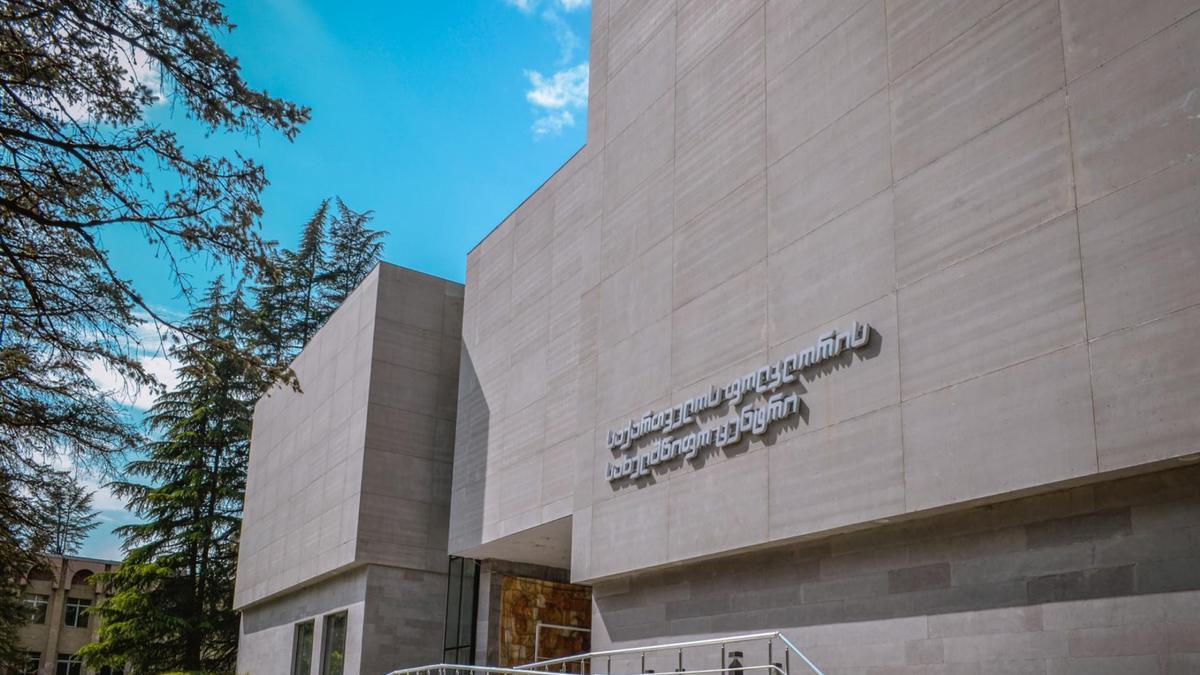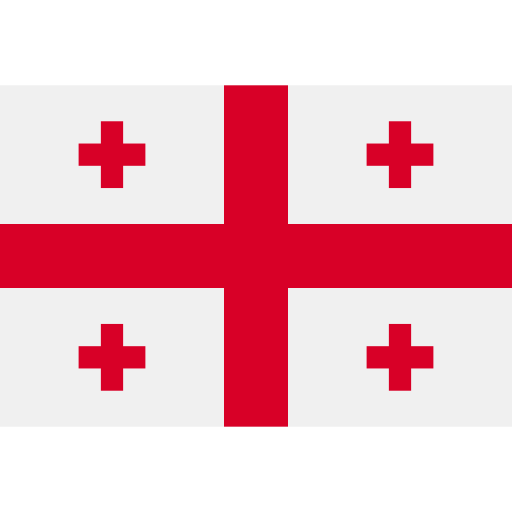
The best local history museums in Georgia. Ozurgeti Local History Museum.
Ozurgeti Local History Museum holds important archaeological artifacts, even Neolithic stone tools and other implements that have been found in the surrounding areas. There are also water pipes, Roman bricks, roofs, tiles...
The museum houses important archaeological artefacts, including stone tools from the Neolithic period, examples of the Colchian culture of the early, middle and late Bronze Age, such as Colchian axes, hoe segments, rare examples of bronze sculpture; gold and silver items from the ancient era, a glass mensur with divisions.(Ureki), clay water pipes, Roman bricks, roof tiles, capitals, etc. (Vashnari settlement); numismatic collections: Colchian tetri (6th – 3rd century BC), gold stater of Alexander the Great, coins minted in the name of George III, Queen Tamar, George Lash, Queen Rusudan, Simon I, Heraclius II, silver European coins called the "Ozurgeti Hills Treasure"; a collection of weapons, including Napoleon Bonaparte's sabre; ethnographic material; examples of heraldry and sphragistics; rare printed books; photographs and documentary material; examples of 20th century painting.
The museum was founded in 1936.

The Ozurgeti Museum of Local History is located in the town of Ozurgeti, in western Georgia. This museum is one of the most significant historical museums in Georgia, housing many unique archaeological and ethnographic exhibits. The museum was founded in 1936 and has since been expanded and renovated. Currently, the museum is a research center and attracts tourists from all over the world. The Ozurgeti Museum of Local History displays unique exhibits dating back to the Neolithic era. Stone tools, examples of the Colchian culture of the early, middle and late Bronze Age, such as Colchian axes, hoe segments and rare examples of bronze sculpture are important monuments of the ancient history of the region. In addition, the museum exhibits gold and silver items from the ancient era, a glass mensur with divisions (Ureki), clay pipes for water supply, Roman bricks, tiles, capitals and much more from the Vashnari settlement.
The museum also houses valuable numismatic collections. Among them are the Colchian tetri (6th - 3rd centuries BC), the gold stater of Alexander the Great, coins minted in the name of George III, Queen Tamar, George Lash, Queen Rusudan, Simon I, Erekle II, silver European coins called the "Treasure of the Ozurgeti Hills". These collections are important sources for studying the economic and political processes that took place in the region over many centuries.
In addition to archaeological and numismatic collections, the museum offers its visitors unique material on the ethnography and folklore of Western Georgia. The museum displays examples of home textiles, national costumes, jewelry, crafts, household items and other artifacts related to the traditional life and culture of the Georgian people. The collection of ethnographic items contains more than 4,000 exhibits and is one of the largest in the region.
A special feature of the Ozurgeti Museum is that its exhibition is located in traditional houses of Georgian architecture, which allows visitors to immerse themselves in the atmosphere of life and everyday life of the Georgian people of past eras. Inside each house, the interiors, furniture and household items are recreated, which allows you to feel the atmosphere of the era that this house represents.
Despite the fact that the museum was founded in 1936, its collections are constantly expanding. It is an active participant in international exhibitions and collaborates with museums and scientific institutions from all over the world. The museum recently signed a cooperation agreement with the National Museum of Denmark, which will allow the exchange of experience and collections, as well as joint projects and expeditions. For those interested in the history and culture of Western Georgia, a visit to the Ozurgeti Museum of Local History is a must-see in your travel program. Here you can not only see rare and interesting exhibits, but also learn a lot about the life and culture of the Georgian people, their traditions and customs.
The museum offers tours in different languages, including English and Russian, and also holds master classes on national crafts, where everyone can learn how to create their own unique products under the guidance of experienced craftsmen. These master classes allow museum visitors not only to enjoy the wonderful atmosphere of the museum, but also to become familiar with the traditional crafts of the region.
In addition, the museum often organizes interesting exhibitions and events, such as thematic photo exhibitions, concerts of folk music and dance, book presentations, etc. These events are a unique opportunity for museum visitors to get acquainted with the culture and history of the region. But the most important thing that distinguishes the Ozurgeti Museum-Reserve from other museums is that it actively interacts with the local community and involves them in preserving the cultural heritage of the region. The museum holds regular events for schoolchildren and students so that they can better understand their history and culture.
In addition, the museum conducts research and protects historical and cultural monuments of the region. It plays an important role in preserving and promoting the cultural heritage of Georgia.
A visit to the Ozurgeti Museum-Reserve is a unique opportunity to immerse yourself in the rich history and culture of Georgia, get acquainted with archaeological finds and unique collections. The museum is a real storehouse of knowledge and interesting facts. A visit to the museum is recommended for everyone interested in the history and culture of Georgia, as well as for lovers of archeology and ethnography.
--------------------------
Have you visited the Ozurgeti Museum of Local History? What did you like the most? Tell us in the comments! Also, if you have any questions or want to know more information about this museum, leave your comments below the article. We will be happy to answer them and share additional information.







30 comments
Log in to leave a comment
В его стенах находятся важные археологические артефакты: каменные орудия неолита, орудия труда, которые были найдены в окружающих местностях. Также здесь хранятся и водопроводные трубы, римские кирпичи, крыши, черепицы.